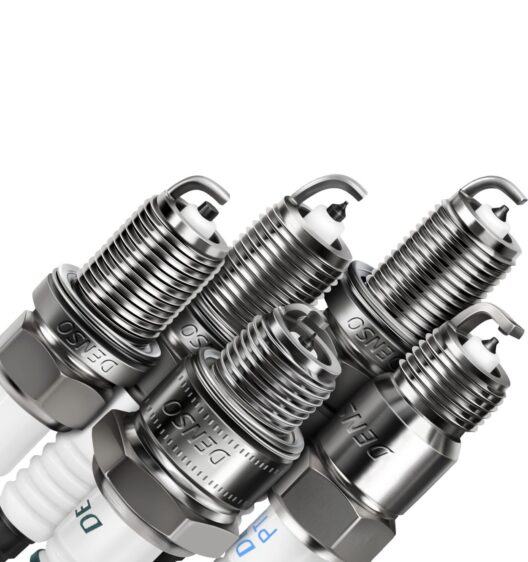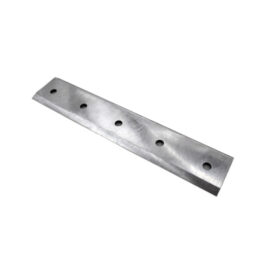Chipper Spark Plug (for various models)
- Product Description
- Video Gallery
Please choose your chipper model before ‘add to cart’.
Spark plug models and brands may vary.
1 Quantity = 1 Spark Plug
How To Tell if a Spark Plug is Bad
To check if your spark plug has gone bad you'll need to inspect your part for common signs suggestive that it might be fouled or damaged. Check out the steps below which outline how to determine why your spark plug is no longer working correctly.
Step 1- Disconnect the spark plug lead. Clean the area around the spark plug to avoid getting debris in the combustion chamber when you remove the plug.
Step 2- Remove the spark plug using a spark plug socket.
Step 3- Inspect the spark plug for very stubborn deposits, or for cracked porcelain or electrodes that have been burned away. If any of these conditions exists, replace the spark plug.
Step 4- Check the spark plug gap and adjust as necessary.
Step 5- If it seems in working order, replace the plug, taking care not to over-tighten (15 ft. lbs. MAXIMUM) and re-attach the spark plug lead.
If the engine tries to turn over (even for a second) and dies, then you have spark. This would indicate the problem probably lies somewhere else (fuel, carburetor, valves, etc.). If the engine does not turn over at all, then there may be a problem with your ignition system. The first thing to do is change the spark plug.
How To Clean Fouled Spark Plugs
To safely clean a spark plug, you should use a wire brush or spray-on plug cleaner specifically designed for this ignition part.
Note: NEVER clean a spark plug with a shot blaster or abrasives.
Changing Spark Plugs in Equipment
If your spark plug doesn’t pass the tests above, then it has gone bad and you’ll need to replace it. This is one of the easiest steps in lawn mower or small engine maintenance.
1. Find the right spark plug(s) & adjust gap settings.
2. Disconnect the plug lead and remove with a spark plug socket.
3. Replace with your new plug, taking care not to over-tighten and re-attach the spark plug lead.
WARNING: Always read the engine and equipment manual(s) before starting, operating, or servicing your engine or equipment to avoid personal injury or property damage.
Still have questions?
Contact us on 1300 454 585. We are here for you.














